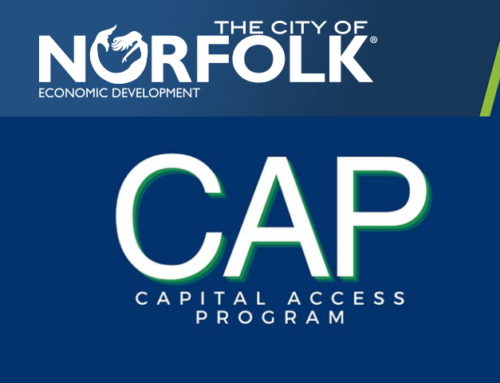The PPP program portal will re-open to small lenders (assets under $1B) on Friday, January 15th, and the portal will re-open for all lenders on Tuesday, January 19th.
The agency has also issued a 9-page “Procedural Notice” this morning on the “First Draw Paycheck Protection Program Loan Increases After Enactment of the Economic Aid Act”. Here’s a breakdown of the “Procedural Notice”.
The recently signed Economic Aid Act (EAA) included the re-funding of the extremely popular Paycheck Protection Program (PPP) to include first and second funding options for qualified borrowers. There were numerous other program modifications, including re-funding of EIDL first advances and funding conduits that focuses on small-sized, specialty lenders and disadvantaged borrowers.
In addition, the legislation provided for the option, for specific borrower groups, to increase their first PPP loan instead of obtaining a 2nd draw credit. These groups include:
- Partnerships (the original guidelines omitted any amount for partner compensation)
- Seasonal Employers – the method by which a seasonal employer may determine its maximum loan amount. Under the revised guidelines, seasonal employers can now use the average total monthly payroll for any 12-week period, beginning 2/15/2019 and ending 2/15/2020
- Farmers and Ranchers – they can now use gross revenues vs. net income
Other borrowers may also be eligible for a PPP Increase (or Reapplication), including:
- Eligible borrowers that fully repaid their first draw loan before 12/27/2020
- Eligible borrowers that returned part of their first draw loan before 12/27/2020
- Eligible borrowers that did not accept the full amount of their first draw loan for which they were approved
If a borrower’s first draw loan has been forgiven by the SBA, they cannot apply for an increase.
The critical variable to this process is the “Lender of Record” (i.e., the lender that provided the original PPP funding in 2020). The lender may opt out of the increase feature, and some queried indicated that they would not participate in the loan increase program, and instead would issue a second draw loan. Therefore, clients should check with their original lender to find out if they will permit them to seek an increase based on the revised, retroactive, guidance from the SBA.






